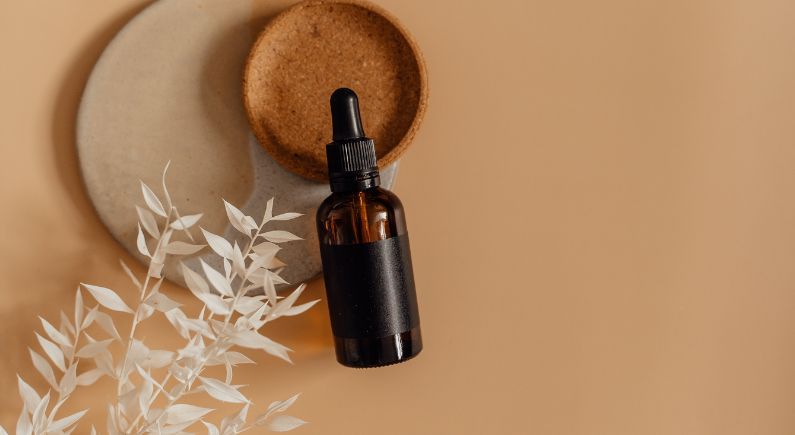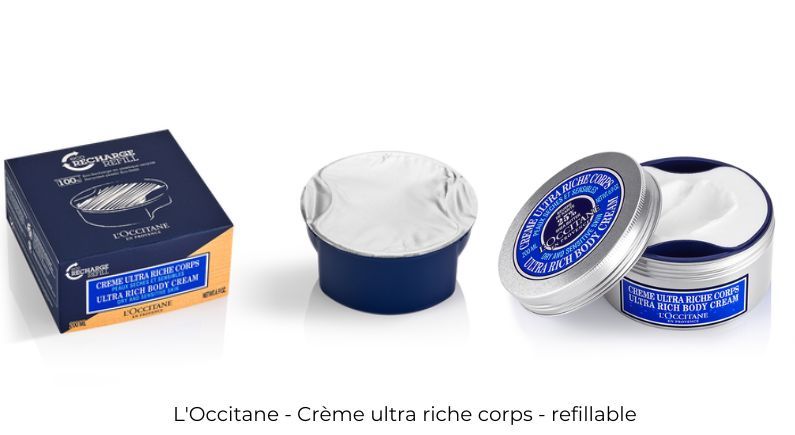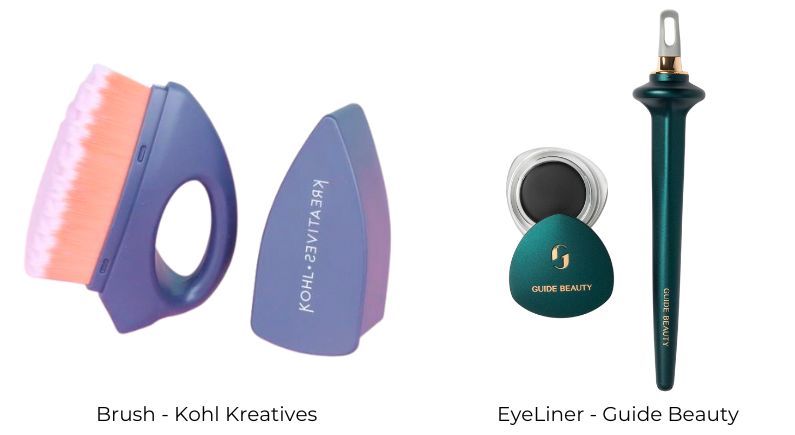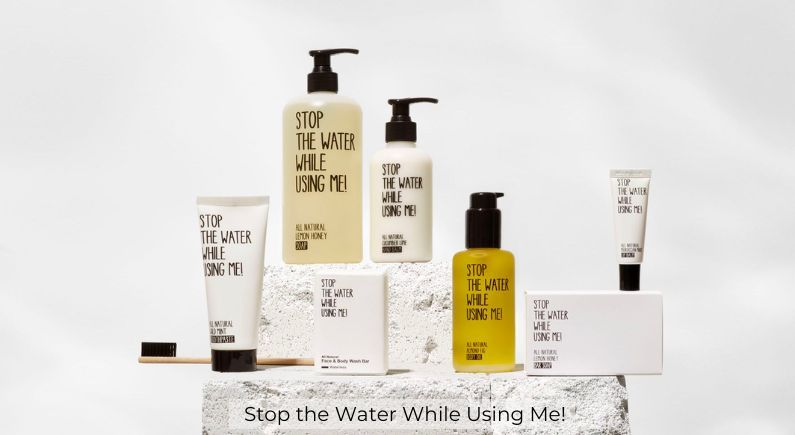
What 2022 taught us and what 2023 will bring in beauty packaging
A year has gone by already and it’s time to think back and take on the learnings. I wrote an article in early 2022 about the trends in beauty packaging. It’s time to look back into it and see what was true and what needs revision.
The five trends were:
- New Materials: with innovative materials invading the beauty sphere
- Refill Revolution: with refill initiatives everywhere
- End of Life Management: for a better design for recycling or discarding
- Paperization & woodification: with paper being the new gold
- Accessible beauty: with more tools and packaging disability friendly
Overall, new materials are still the big talk and the main investment attraction for impact investors and other companies. NOTPLA is a sheer example with the recent win of the coveted Earthshot Prize which gives them global recognition and financial support to keep developing innovative products. Developing new materials that will be compatible with all beauty applications will be a challenge but some promising innovations are already on the market with brands like Haeckels for instance.
Regarding the refill revolution: it is still a massive work in progress. Pressure coming from the regulator (especially in France) is pushing companies to adopt the model, but most remain reluctant considering all the barriers to entry. It’s a complete paradigm shift, for consumers, retailers, and also brands. The model will probably take years to implement successfully but brands like Beauty Kitchen or L’Occitane are tackling the issue head on with innovative refill solutions in stores. We are building a report about refillable beauty (released in Jan 23) that will help you understand what the market holds in that sphere.

End of life management has got more structure. The European commission has just released new EU-wide rules on packaging into its Green Deal initiative. These rules will aim to restrict unnecessary packaging and promote reusable and refillable packaging solutions. The idea is to make all packaging on the EU market recyclable by 2030, a herculean task considering the current level of recycling in Europe (from 0 to 60% depending on the country and the material). The vision is also to massively increase the use of recycled plastics with an harmonisation of recycling symbols across Europe.
Paperisation and/or woodification is still a big area of investment and innovation. We are yet to find a barrier without plastics that will help protect the formula and host moisture. Moulded pulp was an interesting innovation in design and saw a lot of products displayed on the market and winning industry prices and consumers' hearts starting with the luxury take with Second Skin by Ruinart. Another trend that we didn’t mention as it was already ongoing but took a further growth in 2022 is glassification of beauty products. With a need to use recyclable materials and gain in premiumisation, glass was a clear new and increased adoption in many ranges within the beauty industry.
Accessible beauty is one of the trends that didn’t grow so much in 2022. We saw a few releases in 2021 with VictoriaLand, Olay and Sure. In 2022 Guide beauty and Kohl Kreatives are helping the makeup industry with innovative design, and it seems that the sticker collection from Kohl is successful with a latest iteration with contouring stickers.We’re yet to see more inclusive design. It’s still hard to open a skincare jar or a makeup compact with slippery hands (try it out you will see). Maybe because these products only address a small portion of the population, so the investment does not necessarily match the return, but with a widely ageing population globally it would make sense to have more intuitive or easier to use designs.

What’s next in 2023
Waterless products will be on the rise and packaging with openings or pumps that helps delivery the right amount of formula will be key. Even though “saving water” is not more widespread communication into the beauty routine, we believe it will be a key concern alongside energy consumption. The German startup Stop the Water has already taken on the challenge and is demonstrating how smart and creative communications can help support sustainable habits.

Continued rising cost of materials, transportation and increased pressure on the supply chain will keep going and will support the move back to localised sourcing and manufacturing.
With rising cost of living, we already see that consumers tend to abandon more sustainable and often more costly habits (organic or sustainable beauty with a slightly higher price) to move back to basics, and be very selective about their spending. They may select at times more luxury items to achieve better quality and results, but with exclusivity in mind as a one-off purchase. Nevertheless, the right pricing for beauty products will even be more important and the challenge of pricing refillable beauty will be undeniable.
We hope this overview helps you take some perspective on the beauty market, and see you in January, at Paris Packaging week to discuss this further.

